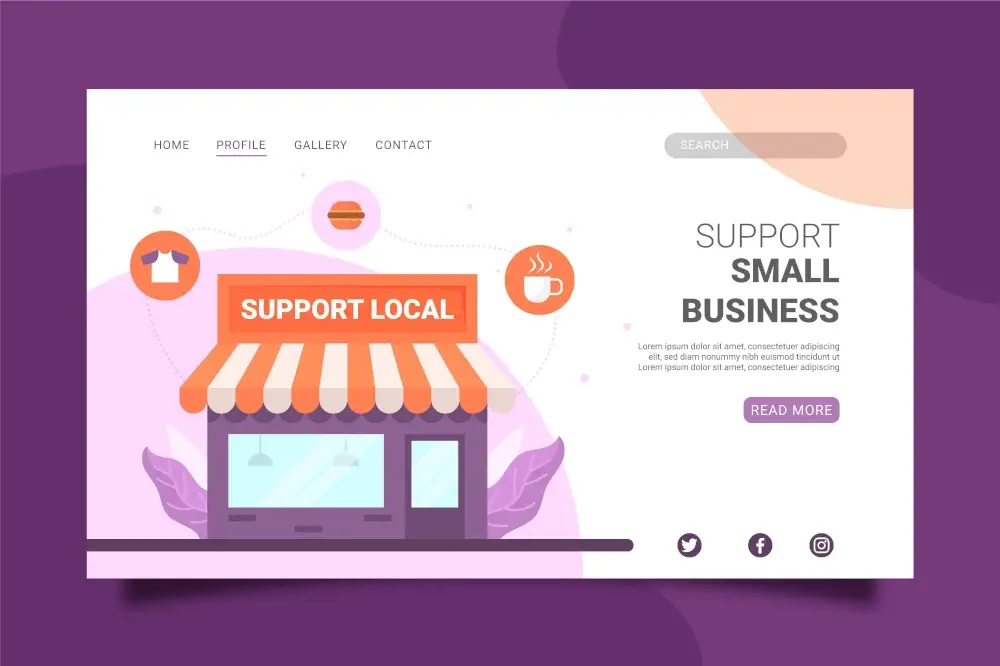In today’s digital world, the line between physical stores and online shopping has blurred. For small businesses, particularly local ones, embracing e-commerce isn’t just an option—it’s a compelling necessity. Whether you run a cozy boutique, a vibrant coffee shop, or any other local venture, the ability to reach customers online can dramatically boost your sales and help your business flourish. But how do you, as a small business owner, harness the power of e-commerce to elevate your local sales? This guide will walk you through the process, step by step, ensuring your business thrives online and in your community.

The Importance of E-commerce for Local Businesses
First, let’s discuss why e-commerce is crucial for local businesses. Traditionally, local businesses have relied on foot traffic, word-of-mouth, and loyal customers to keep their doors open. However, as more consumers shift their shopping habits online, having an e-commerce presence allows your business to reach beyond the physical confines of your store. It’s about expanding your reach, offering your customers convenience, and increasing your sales.
Choosing the Right E-commerce Platform
Now, let’s dive into the nuts and bolts of setting up your e-commerce platform. Choosing the right platform is the first step, and several excellent options exist. If you’re new to the online world, platforms like Shopify offer user-friendly templates and built-in payment processing, making it easy to get started. WooCommerce is another excellent option, mainly if you already use WordPress, as it offers extensive customization. And for businesses with bigger plans, BigCommerce provides the scalability and advanced features needed for growth.
Setting Up Your Online Store
Once you’ve selected a platform, your next focus will be setting up your online store. Start by choosing a domain name that reflects your business identity and is easy for customers to remember. Your website design should be simple, user-friendly, and mobile-responsive, as many customers will shop from their phones. High-quality images and concise product descriptions are key to enticing potential buyers.
Optimizing for Local Search (SEO)
But having a beautiful online store isn’t enough—you must ensure customers can find it. That’s where local search engine optimization (SEO) comes into play. By optimizing your site for local searches, you increase the chances of your business appearing in search results when potential customers in your area are looking for products or services like yours. This means incorporating local keywords—like your city or neighborhood name or specific local events or landmarks—into your content, from product descriptions to meta tags.
Leveraging Social Media for Local Engagement
Beyond SEO, social media is a powerful tool for driving traffic to your online store and engaging with your local audience. Establishing a strong presence on platforms like Facebook, Instagram, and X.com (formerly Twitter) allows you to share updates, promote new products, and connect with customers. Running targeted ads with geo-targeting can help you reach people in your local area who might not know about your business otherwise. And don’t forget about the power of local influencers—partnering with them can significantly boost your business.
Offering Local Pickup and Delivery Options
Consider offering local pickup and delivery options to cater to your local customers. This customer-centric approach makes shopping more convenient and encourages them to choose your business over more significant, less personalized online retailers. In-store pickup and local delivery options are top-rated, and offering same-day delivery can give you a competitive edge.
Running Promotions and Discounts
Promotions and discounts are another great way to entice local customers to shop with you online. Offering a discount for first-time online shoppers, running seasonal promotions, or bundling popular local products are just a few strategies to drive sales. Implementing a loyalty program that rewards repeat customers can also encourage them to return again and again. A loyalty program can be as simple as offering a discount on their next purchase or providing exclusive access to new products or sales for loyal customers.
Enhancing Customer Experience with Personalization
A key advantage small businesses have over large corporations is the ability to offer personalized service. This can be translated to your e-commerce platform by providing customized product recommendations based on customer data, sending tailored emails with local events or discounts, and ensuring your online customer service is as attentive as it would be in person.
Tracking and Analyzing Your Performance
Tracking and analyzing your performance is essential to continually improving your e-commerce strategy. Tools like Google Analytics, Shopify Analytics, or WooCommerce Reports provide valuable insights into how your website is performing, what products are selling, and where you might need to make adjustments. Monitoring your local SEO and collecting customer feedback can also help refine your approach and keep your customers happy.
Building Long-term Relationships with Local Customers
Finally, building long-term relationships with local customers is the cornerstone of any successful small business. Hosting events, participating in regional markets, and offering exclusive deals to your local customers are all ways to foster these relationships and keep your community engaged with your business.
Conclusion
In conclusion, boosting local sales with e-commerce isn’t just about setting up an online store—it’s about creating a seamless, engaging experience for your customers that complements your physical store and extends your reach. By following this guide, you can establish a solid online presence that attracts more customers, increases your sales, and helps your small business thrive in both the digital and local landscapes.